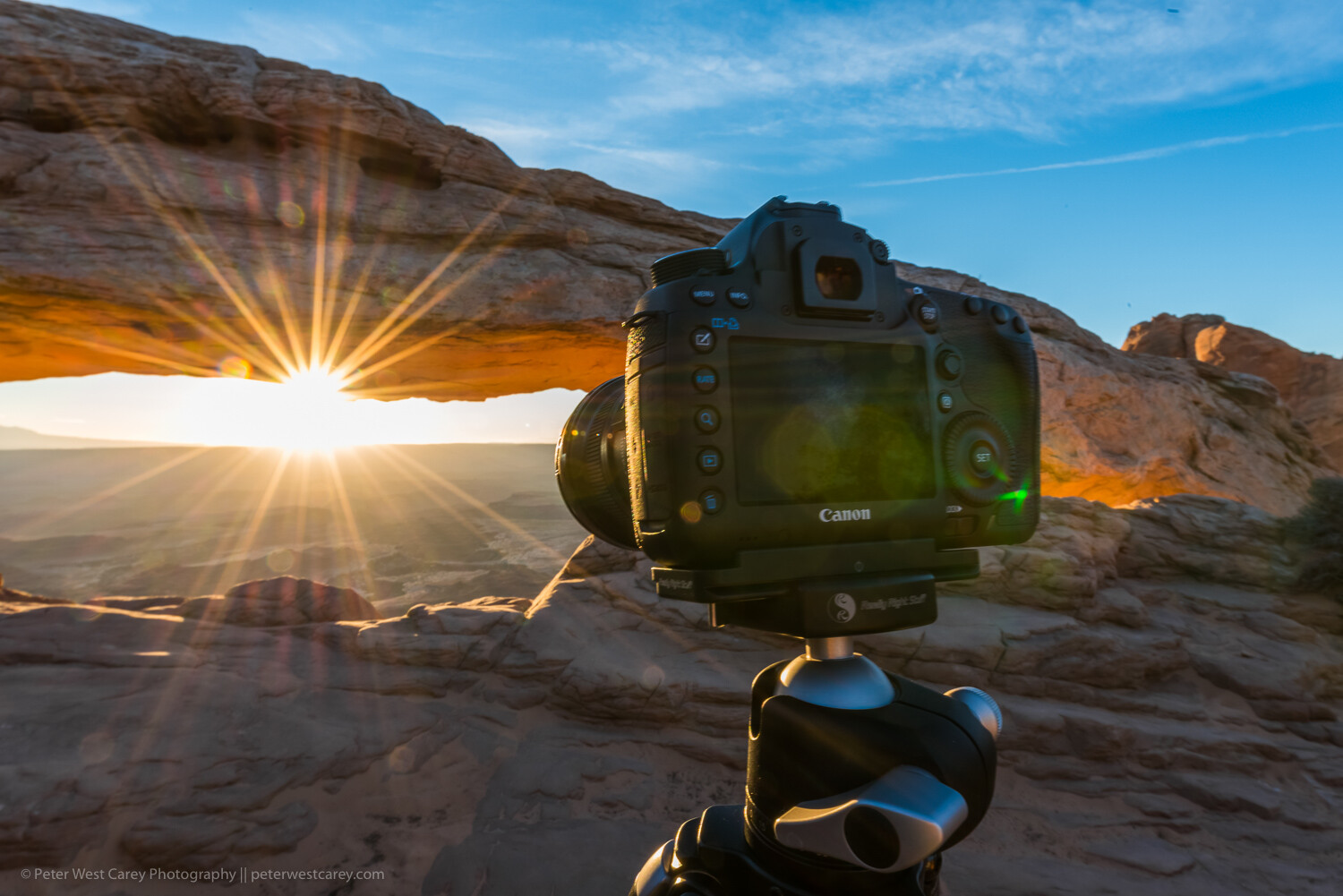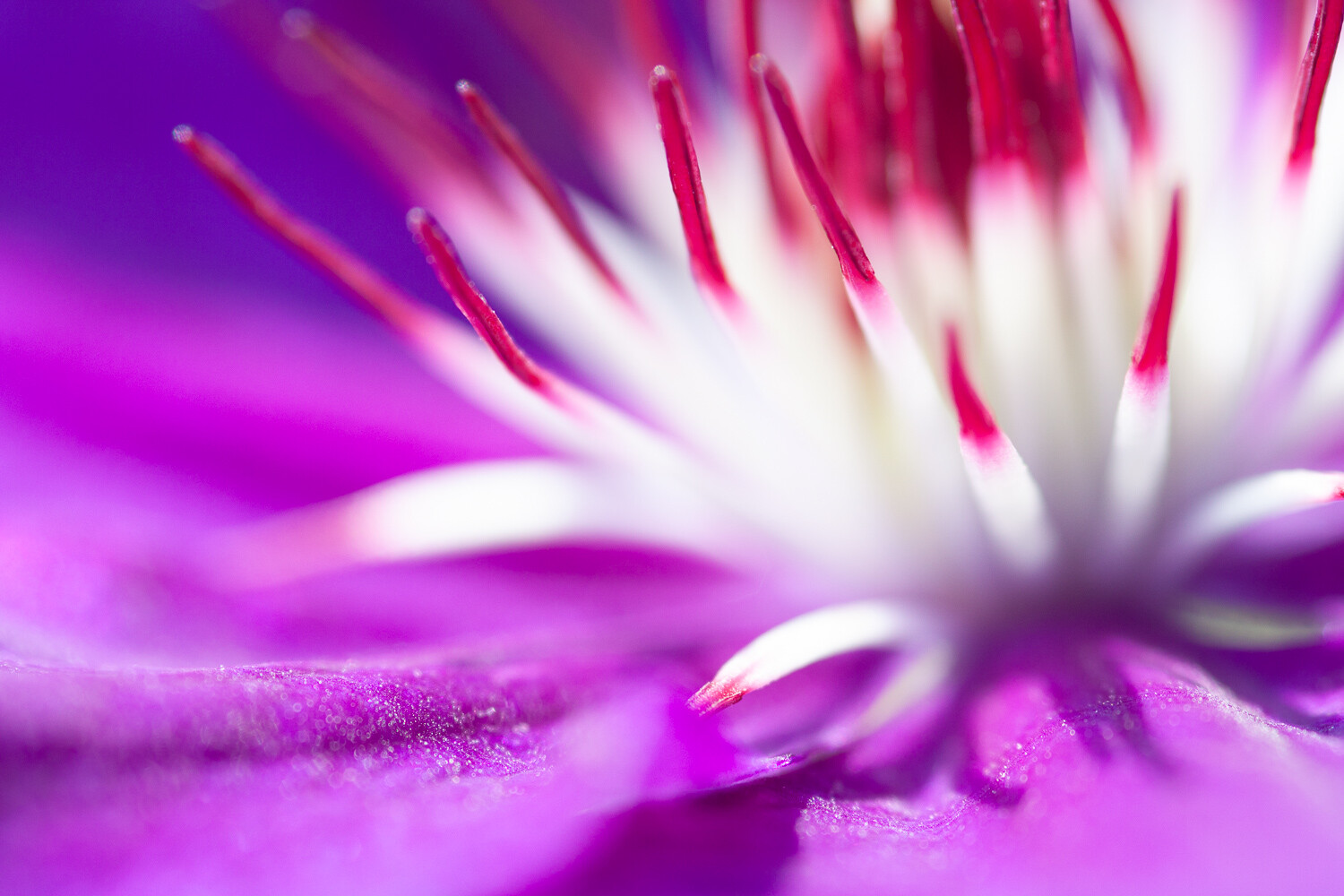$ (document).ready(function() { SampleGalleryV2({“containerId”:”embeddedSampleGallery_4708630478″,”galleryId”:”4708630478″,”isEmbeddedWidget”:true,”selectedImageIndex”:0,”isMobile”:false}) });
Canon’s RF 70-200mm F2.8 and 85mm F1.2 DS were announced some time ago, but as of today they’re official. Canon has revealed full details and pricing for these new additions to its full-frame mirrorless lineup.
The RF 70-200mm F2.8L IS USM boasts an impressively compact design, measuring 146mm (5.8″) in length when at its widest zoom position. It extends when zoomed in towards 200mm, marking a departure from its EF-mount equivalents.
The RF 70-200mm F2.8 includes a floating focus lens element for reduced focus breathing, with a total of 17 elements in 13 groups making up the optical construction. Its image stabilization system is CIPA-rated to 5 stops.
Defocus Smoothing works thanks to a special coating to two of the lens’ thirteen elements
The 85mm F1.2L USM DS sits alongside the standard RF 85mm F1.2, but is differentiated by what Canon calls Defocus Smoothing (DS). Defocus Smoothing works thanks to a special coating to two of the lens’ thirteen elements. This gives out-of-focus highlights smoother edges compared to those rendered by the standard version of the lens.
The Canon RF 70-200mm F2.8L IS USM will be available in late November for $ 2700; the RF 85mm F1.2L USM DS is scheduled to arrive in December for $ 3000.
Press release:
THE RF FAMILY GROWS BY TWO: CANON RF 70-200MM F2.8L IS USM LENS IS THE WORLD’S SHORTEST AND LIGHTEST LENS IN ITS CLASS AND RF 85MM F1.2L USM DS IS THE FIRST LENS TO FEATURE DEFOCUS SMOOTHING
New RF L-Series Lenses Aim to Provide Impeccable Performance, Handling and Unique Features to Photographers Shooting with EOS R and EOS RP Cameras
MELVILLE, N.Y., October 24, 2019 – Completing the “trinity” of RF lenses for the EOS R Full-Frame mirrorless camera system, Canon U.S.A., Inc., a leader in digital imaging solutions, today announced the RF 70-200mm F2.8L IS USM telephoto lens. Additionally, the company also announced its first lens to feature Defocus Smoothing lens coating, the Canon RF 85 F1.2L DS. The ninth and tenth lenses in the RF family are both powerful tools for photographers using the EOS R or EOS RP cameras, in particular, those shooting sports or wildlife photography with the RF 70-200mm F2.8L or portrait photography with the RF 85mm F1.2L USM DS.
Short and Light With All The Might: Canon RF 70-200mm F2.8L IS USM
The new lens features a large and bright f/2.8 aperture, which, along with the 70-200mm focal zoom ranges, presents an ideal workhorse lens for professional and amateur photographers shooting sports, wildlife, wedding and event action. The new RF lens is 27 percent shorter and 28 percent lighter than its EF counterpart with a large portion of the lens element arrangement closer to the camera body. This arrangement is designed to provide photographers with a more balanced feel and experience even at telephoto end of the zoom range. Additionally, the shorter and lighter design allows the lens to be more easily stowed away in a camera bag when not in-use.
A first for Canon lenses, the new RF 70-200mm F2.8L IS USM features two Nano USM motors providing an even greater level of high-speed autofocus for still image shooting and quiet and smooth autofocus for video shooting. The lens also incorporates a floating focus control, another Canon first, that drives the two lens groups individually while using the two aforementioned Nano USM motors. The floating focus lens element shortens focusing distance and help reduce breathing, providing users with fast, consistent and reliable performance.
Additional Features of The Canon RF 70-200mm F2.8 L IS USM Include:
- Customizable control ring that allows photographers to adjust exposure compensation, shutter speed, aperture or ISO
- 17 lens elements in 13 groups including two aspherical lenses, one super UD lens and four UD lenses, that help to reduce chromatic aberration
- CIPA standard five stops of image stabilization (IS) including three IS modes with dual-sensing and combination IS
- 12-pin communication system
- L-Series dust and weather resistant build with fluorine coating
- Subwavelength Structure Coating (SWC) helps minimize lens flare and ghosting
Teaching an Old Dog a New Trick: Canon 85mm F1.2L USM DS
Canon has a rich history spanning over 40 years of producing 85mm lenses with f/1.2 apertures, and the new Canon RF 85mm F1.2L USM DS is no different, or is it? The lens ushers in a new lens coating from Canon, Defocus Smoothing , designed to enhance the appearance of bokeh in the images captured with the lens. DS coating is a vapor-deposited coating technology that is applied to the front and rear surfaces of a specific lens element inside the lens. The coating allows off-axis flux to pass through the periphery of the lens that gradually decreases the transmittance of light, which results in images with beautifully blurred backgrounds.
In addition, the new lens features a bright f/1.2 aperture which, along with the 85mm focal length, encompasses an ideal lens for portrait photographers. 85mm is often the preferred focal length selected by photographers when shooting portraits because it provides an appropriate depth and perspective of the subject relative to the background, helping to capture high-quality imagery with beautiful and desirable bokeh. The focal length also allows for the photographer and subject to maintain optimum distance apart to support strong communication, while not being too close.
Additional Features of The Canon RF 85mm F1.2L USM DS Include:
- Minimum focusing distance of 2.79 feet/0.85 meters
- Customizable control ring that allows photographers to adjust exposure compensation, shutter speed, aperture or ISO
- One Aspheric lens and one UD Lens, along with BR optics that help to reduce chromatic aberration
- 12-pin communication system
- L-Series dust and weather resistant build with fluorine coating
- Air Sphere Coating (ASC) that helps minimize lens flare and ghosting
Pricing and Availability
The Canon RF 70-200mm F2.8L IS USM and RF 85mm F1.2L USM DS lenses are scheduled to be available late November 2019 and December 2019, respectively for an estimated retail price of $ 2,699.00 and $ 2,999.00 respectively . For additional information, please visit, usa.canon.com.
Canon RF 70-200mm F2.8L IS USM and RF 85mm F1.2L USM DS specifications
| Canon RF 70-200mm F2.8L IS USM | Canon RF 85mm F1.2L USM DS | |
|---|---|---|
| Principal specifications | ||
| Lens type | Zoom lens | Prime lens |
| Max Format size | 35mm FF | |
| Focal length | 70–200 mm | 85 mm |
| Image stabilization | Yes | No |
| Lens mount | Canon RF | |
| Aperture | ||
| Maximum aperture | F2.8 | F1.2 |
| Aperture ring | No | |
| Focus | ||
| Autofocus | Yes | |
| Motor type | Ultrasonic | |
| Full time manual | Yes | |
| Focus method | Internal | |
| Distance scale | No | |
| DoF scale | No | |
| Focus distance limiter | Yes | |
| Physical | ||
| Power zoom | No | |
| Zoom lock | Yes | |
| Hood supplied | Yes | |
| Tripod collar | Yes | |
Articles: Digital Photography Review (dpreview.com)





























































































You must be logged in to post a comment.